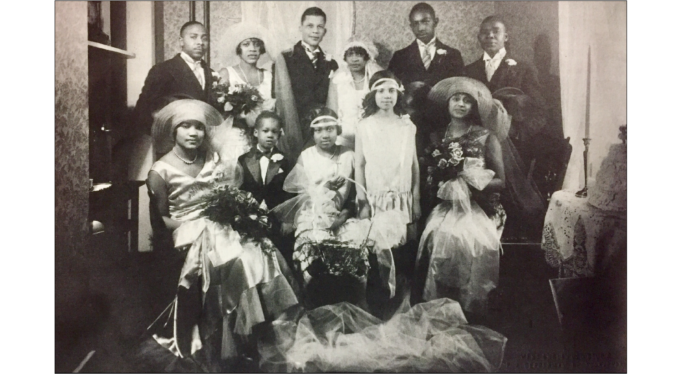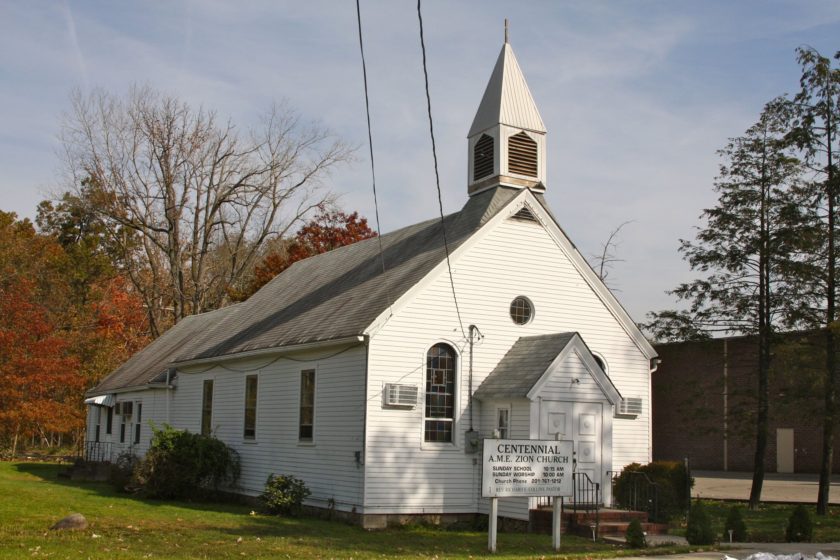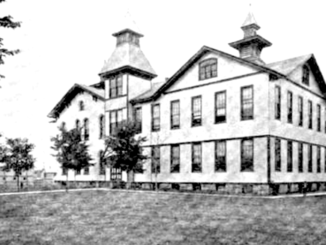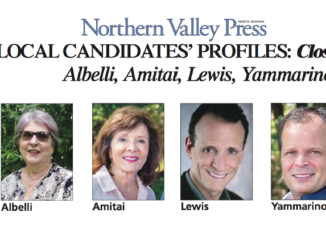
CLOSTER, N.J.—In February 1930 Kitty Oliver and Wilbert Clarke wed in their hometown of Closter. The ceremony took place in the AME Zion Church, where the two were parishioners. Potted palms and latticework in pink and white crepe paper decorated the church’s interior. A reception followed at the Oliver home on Maple Street. After the wedding, Kitty and Wilbert lived on Maple Street also.
The bride and groom had strong family ties to another community, one which was located in the Northern Valley but never appeared on the map: Skunk Hollow.
Skunk Hollow was a community of freed black slaves that was located about 4 miles north of the Closter border, just off exit 3 of the Palisades Interstate Parkway in Alpine.
Skunk Hollow was founded in 1806 by Jack Ernest, a former slave who had been living in what is presently Rockleigh. He was born in 1770 and owned by Jacob Conklin on Piermont Road. When he was freed, Ernest purchased land on the cliffs of the Palisades (his first 5 acres cost $86.50 in 1806). By 1822, deed records show his holdings at 11 acres, making his the most expansive free-black-owned land in old Harrington Township.
Jack tragically burned to death in his home in 1841 when a cinder from his fireplace ignited his clothing. He left no heirs. Skunk Hollow was then bequeathed to two of its early settlers—Rev. Willie Thompson and Jim Oliver, of relation to Kitty Oliver, the celebrated bride.
The Skunk Hollow colony, also called “the Mountain,” provided a haven for freed slaves for a century, having been most populated between 1870 and 1880 with a peak population of 75 individuals in 1880.
In 1896, descendants of Skunk Hollow residents built the Centennial AME Zion Church on Lewis Street in Closter. The church became the mainstay of the African American community in town.
By the mid-20th century, most everyone had left Skunk Hollow and settled in local areas, such as Maple Street and First Street in Closter. Many current residents of surrounding towns may be able to trace their ancestry back to Skunk Hollow by their last names. Common surnames of residents of this community at the time were Thompson, Oliver, Sisco, Brown, Williams and Jackson.




